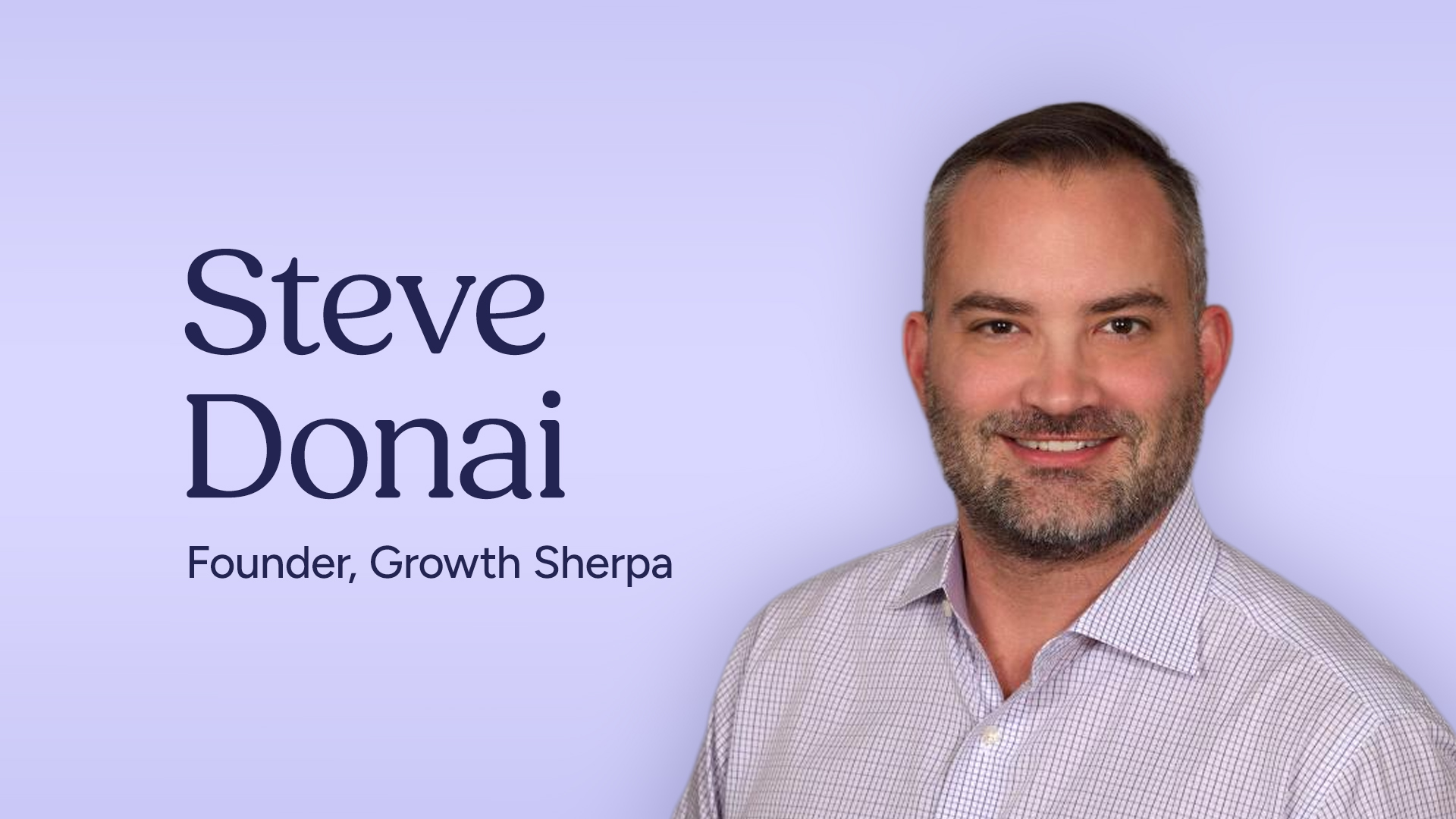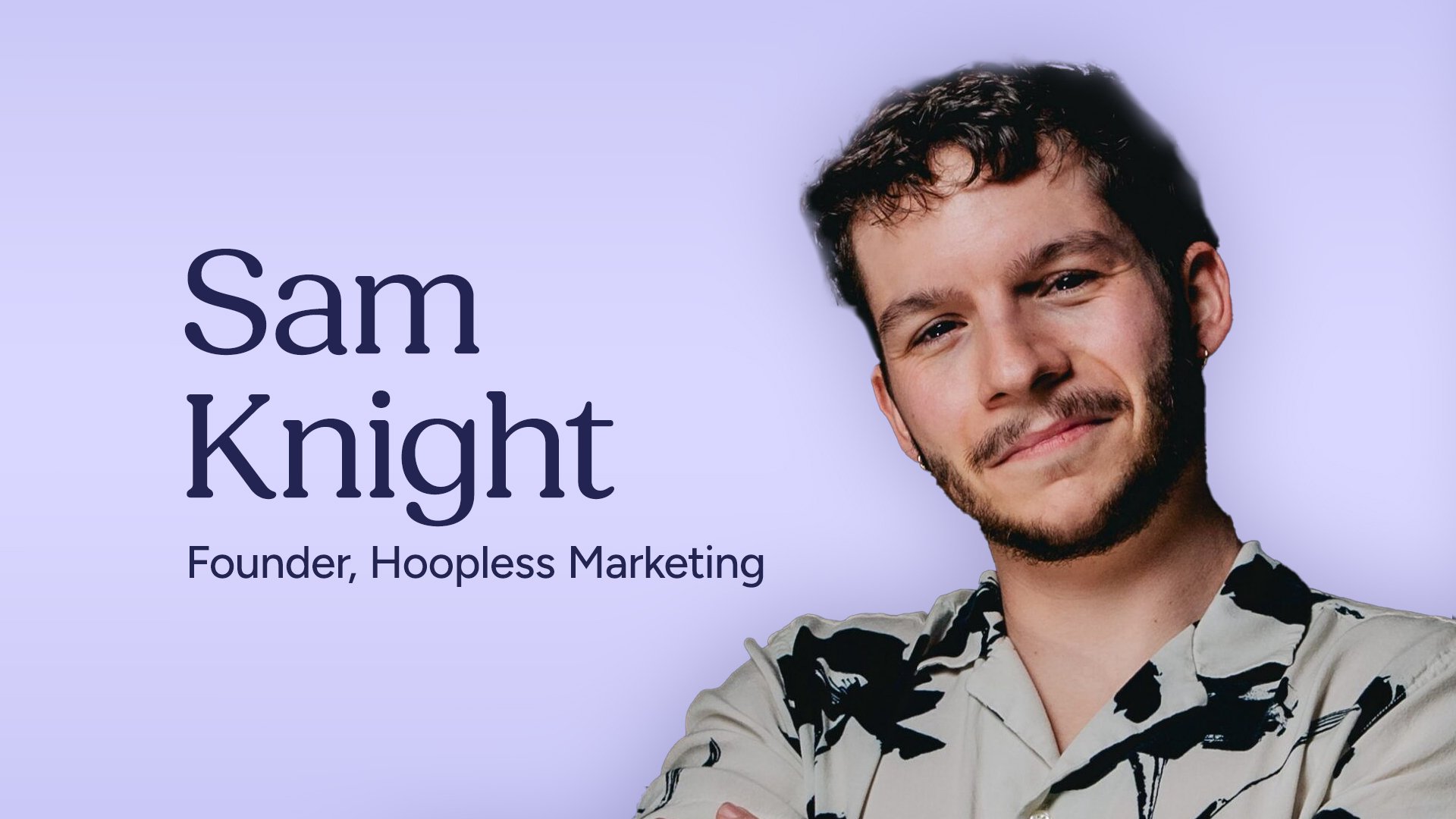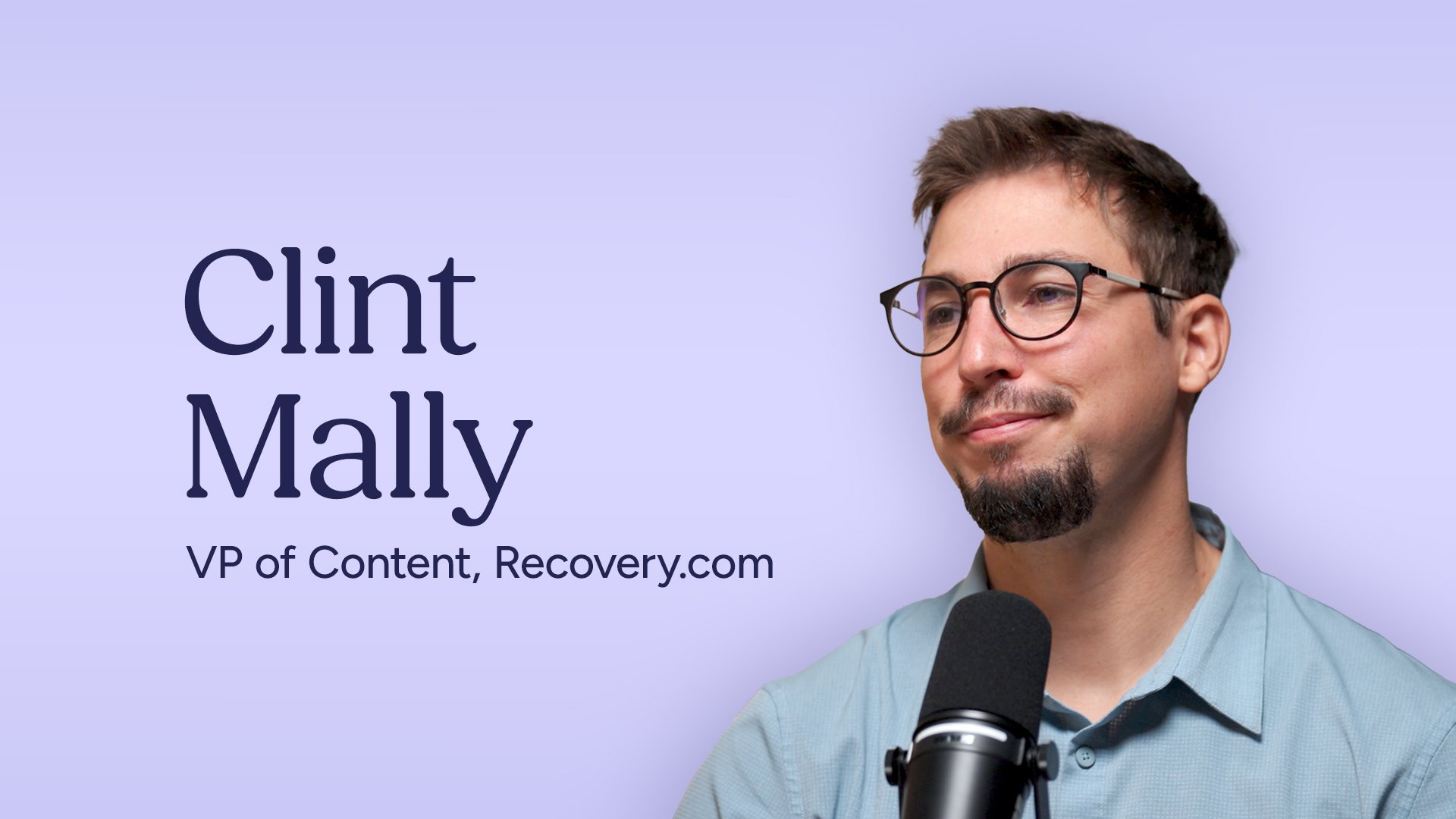Boost Your Patient Acquisition: 10 Proven Ways to Fix What’s Broken and Grow Your Behavioral Health Admissions
This article summarizes a conversation from the Recovery Reach podcast, hosted by Andrew Averill, featuring Gary Garth, founder of Elev8.io. The episode explores the persistent marketing challenges facing behavioral health and substance use treatment organizations — and how to overcome them with smarter data, stronger strategy, and deeper alignment between marketing and admissions teams.
1. Know Why Behavioral Health Marketing Misses the Mark
Garth’s journey into behavioral health marketing wasn’t a straight line. After a successful 20-year career in global digital advertising — working with Google, Microsoft, and thousands of clients — he sold his multimillion-dollar agency to pursue a more meaningful mission.
“I wasn’t happy with all this money in the bank account,” Garth said. “I wanted to work in recovery and help people out of suffering.”
When he began investing in treatment centers, he discovered a staggering problem: most facilities had strong clinical programs but no reliable marketing infrastructure. From poor lead handling to weak go-to-market strategies, their census issues stemmed from avoidable operational blind spots. That realization became the foundation of Elev8.io — a behavioral-health-specific growth agency built to help treatment providers reach full census with purpose and precision.
2. Understand the Critical Difference Between Lead Gen and Demand Gen
Most facilities equate marketing with lead generation — running pay-per-click (PPC) campaigns or paid listings that capture people at the exact moment they search “rehab near me.” But as Garth explains, that’s just the tip of the funnel.
“Lead generation is the bottom of the funnel — capturing people at a high cost when they’re about ready to enter recovery,” he said. “Demand generation is establishing your brand before they ever make that search.”
Lead Gen = reactive and expensive.
Demand Gen = proactive and sustainable.
A demand-generation strategy builds awareness long before a prospect is ready for treatment. It includes:
-
Consistent thought-leadership content and SEO strategy
-
Engaging alumni stories and social media presence
-
PR campaigns, conference participation, and community outreach
-
Partnerships with employers, therapists, and referral networks
When combined, these channels warm up audiences over time — improving trust, conversion rates, and long-term patient satisfaction.
3. Stop Over-Investing in Paid Search Alone
Garth warns that many facilities suffer from what he calls “Google-flation.” Costs per click rise double digits each quarter, sometimes hitting $400–$500 for competitive treatment keywords.
“Every single quarter, the prices go up double digit,” he said. “It’s a lethal strategy to put all your eggs into that basket.”
While Google Ads can drive immediate admissions, they’re volatile and expensive. Smart marketers diversify spend:
-
Maintain PPC, but cap exposure on inflated keywords
-
Redistribute 20–30% of the budget into SEO, alumni, and referral programs
-
Strengthen social and organic channels to lower cost per admit over time
Paid media still matters — but only as part of a balanced ecosystem that reduces risk.
4. Use the “Hierarchy of Admissions” to Prioritize Efforts
One of Garth’s most popular frameworks, the “Maslow’s Hierarchy of Admissions,” reimagines how treatment centers should allocate marketing effort and investment.
At the bottom of the pyramid are low-cost, high-return fundamentals; at the top are paid channels that should be scaled only after the foundation is stable.
The Hierarchy of Admissions:
-
Alumni Programs: Your most authentic advocates. Keep them engaged with newsletters, events, and referral rewards.
-
Business Development: Build both reciprocal and non-reciprocal partnerships — from employee assistance programs to local courts and therapists.
-
Local SEO: Optimize your Google Business Profile, citations, and reviews within a 40-mile radius.
-
Review Generation: Proactively request five-star reviews and respond promptly to negative feedback.
-
Paid Media: Only after the above layers are solid should you scale Google Ads, Microsoft Ads, or directories like Recovery.com.
Facilities that nail the base layers first often fill 30–60% of their beds without heavy ad spend.
5. Track What Actually Matters: The Four Metrics That Move the Needle
Most executives drown in irrelevant marketing data — click-through rates, impressions, keyword rankings — while missing the KPIs that drive profitability.
Garth simplifies success into four key metrics:
-
Cost per Lead (CPL)
-
Cost per VOB (Verification of Benefits)
-
Cost per Qualified or Viable VOB
-
Cost per Admit
“Those are the three metrics we live by,” Garth explained. “Get those right and you’ll have a predictable patient acquisition strategy.”
To measure them effectively, facilities must implement:
-
Call tracking and CRM integration
-
Consistent lead scoring between marketing and admissions
-
Accurate attribution across channels
Once those basics are in place, you can layer in lifetime value (LTV), average length of stay, and time-to-admit metrics to refine ROI.
6. Fix the Disconnect Between Marketing and Admissions
Even the best campaigns fail if marketing and admissions aren’t aligned. Garth calls this the most common — and costly — problem in behavioral health.
He looks for answers to questions like:
-
How does your admissions team track calls and follow-ups?
-
Do you have a unified CRM and lead-rating system?
-
Is there a weekly meeting where marketing and admissions share insights?
Without feedback loops, facilities waste thousands on unqualified leads and inconsistent follow-up.
Garth advises introducing weekly cross-team huddles and shared dashboards to improve collaboration.
“You don’t want sales and marketing over here and people saying, ‘Your leads are bad.’ You’re in this together. Celebrate the wins, study the admissions, and use that feedback to improve ad copy and landing pages.”
7. Listen to Calls — and Turn Insights Into Campaigns
Some of Elev8’s simplest breakthroughs come from listening to recorded admissions calls. Small but repeated questions from prospective clients often point to high-value differentiators that marketing has overlooked.
Examples Garth shared:
-
Many callers asked, “Can I use my phone while I’m there?” → Added “technology-friendly” to landing pages.
-
Some wondered, “Do you allow pets?” → Created a “pet-friendly” campaign.
-
Couples frequently inquired about attending together → Launched “couples treatment” campaigns.
These micro-insights turn into macro-results when reflected in messaging, FAQs, and ad segmentation.
8. Build Systems Before Scaling Spend
Every marketing tactic eventually feeds into a system — or breaks because there isn’t one.
That’s why Elev8 built three internal divisions:
-
Elev8 Media: Drives demand and lead capture through multi-channel marketing.
-
Elev8 Tech: Implements the tracking, attribution, CRM, and automation needed to keep leads from slipping through the cracks.
-
Elev8 Sales: Focuses on business development, partnerships, and admissions enablement training.
In Garth’s experience, most facilities buy generic CRMs that don’t understand treatment workflows. A purpose-built system — one that integrates verification of benefits (VOB) software, call tracking, and marketing automation — produces cleaner data and more effective follow-ups.
9. Create an Admissions Playbook to Strengthen Conversions
Even with strong lead flow, conversions stall if admissions reps lack structure.
Garth’s solution: develop a comprehensive admissions playbook.
This includes:
-
Call guidelines and rebuttal directories
-
Suggested call flows and follow-up sequences
-
Ongoing coaching and call review sessions
-
Examples from top-performing reps to standardize best practices
By documenting what works and replicating it, facilities can double conversion rates without spending a dollar more on marketing.
“If you can convert 20% of leads into VOBs instead of 10%, your ROI looks entirely different,” Garth noted.
10. Play the Long Game — and Measure What Works
At the end of the day, sustainable growth in behavioral health marketing comes from patience, data discipline, and purpose. Facilities that chase shortcuts often waste resources; those that measure, refine, and align see steady progress.
Garth encourages leaders to:
-
Adopt a crawl-walk-run approach — start small, prove results, then scale.
-
Use ROI calculators and industry benchmarks to set realistic expectations.
-
Reinvest profits into technology, team training, and better patient experience.
“Whether or not we work together,” he said, “I love helping people improve themselves. When they improve themselves, they improve their facilities — and we all win at the end of the day.”
Final Thoughts
Gary Garth’s message is simple: the behavioral health field doesn’t have a marketing problem — it has an alignment problem. By blending business rigor with mission-driven purpose, treatment providers can reach more people, fill more beds, and ultimately save more lives.
From building an alumni-powered referral base to tracking cost per admit with surgical precision, the future of behavioral health growth lies in strategy, systems, and sincerity — not just ads.

 By
By


